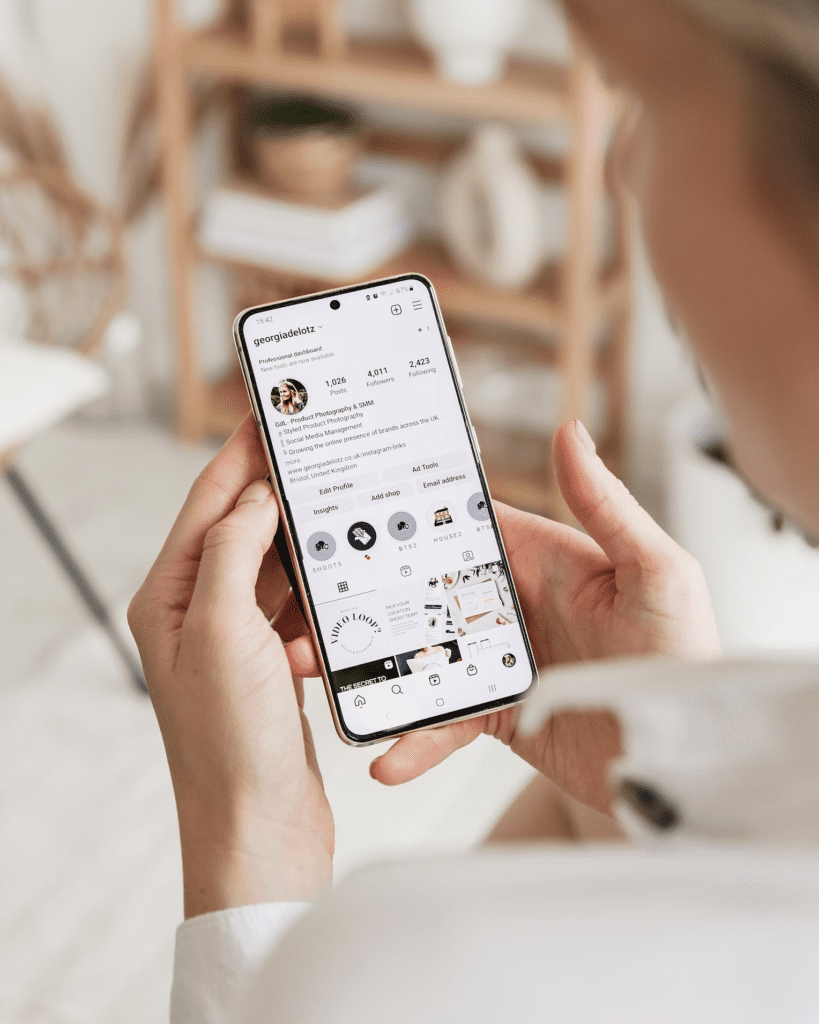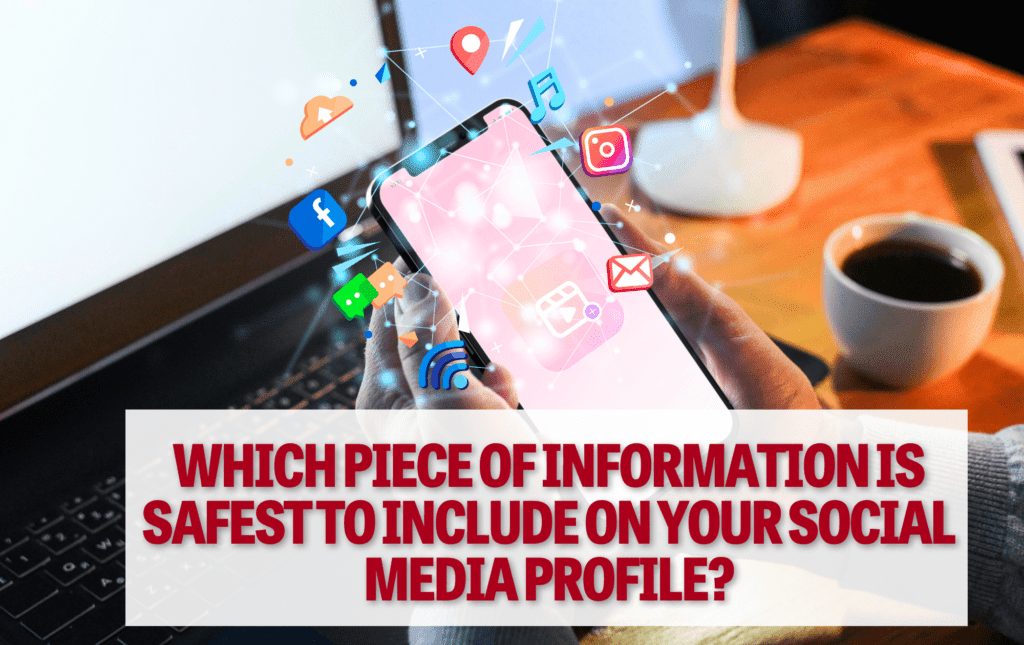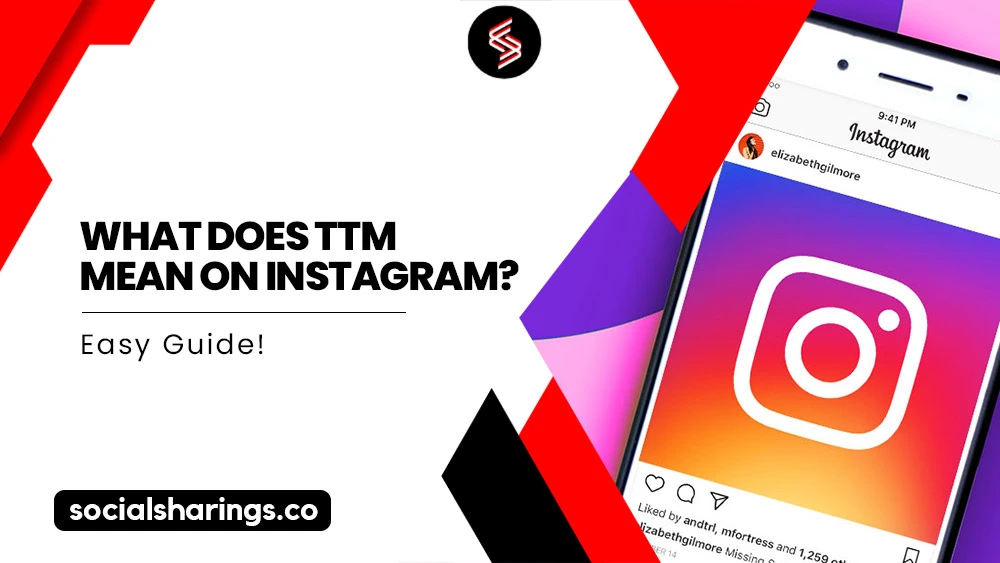Our lives are largely intertwined with social media. It has become easier and easier for us to share about our lives on our social profiles, making it essential to understand which piece of information is safest to include on your social media profile.
From our morning run to our night out at the club, our followers are always informed about our daily adventures; this allows them to know not only about our daily routines but also our common whereabouts.
While my common concern when sharing daily Instagram story updates is to click aesthetic pictures and let my friends know about the fancy cafe I visited, I can never truly know how my private information can be misused against me.
With the influx of information that we provide on our social networking sites, it gets hard for us to create a boundary between what to share and what not to share on our social media profiles. However, knowing that our information is always being tracked can make us more cautious while sharing content on our social media profiles.
Let’s discuss some common privacy concerns and which piece of information is safest to include on your social media profile to protect your security from cybercriminals by uploading content that keeps your privacy intact.
Common Privacy Concerns
Before I delve into which piece of information is safest to include on your social media profile, it’s imperative to explore the common privacy concerns people face. The more personal information you share on your social media, the more you are putting your privacy at risk.

Below are some common social media privacy concerns that can even drive a social media user to the extent of deleting their Instagram or other profiles:
1. Account Hacking
Often, most of us share our personal information that can potentially be used by hackers and serve as a clue to our passwords. This includes posting about our relationship, birthdays, elementary school name, pets, and home location.

Using that information, scammers force into your account or employ social engineering tactics to trick you into giving away your Facebook password.
In some cases, scammers don’t get into your account. Instead, they sell your account information on the Darkweb for as low as $1.
2. Phishing Scams
If your social media profile isn’t set to private, anyone can send you messages, including scammers. These scammers message you on your social media and get you to click on malicious links.

According to recent stats, almost 8% of cyberattacks on social media are done through phishing. These stats shed light upon the increasing number of scams carried out to gain access to your personal information, especially regarding financial accounts.
3. Shared Location Stalkers
Some social media sites set location access to default. This feature allows stalkers and thieves to gain access to your whereabouts by tracking your every move.
4. Identity Theft
Scammers need very little information to steal your identity. Usually, people with a public profile are the target of such thefts due to the availability of large amounts of personal information on their social media.
5. Privacy Loopholes
How often do we read through the terms and conditions of social media sites when signing up for our account? Many a time, the terms and conditions have some important points to keep in mind, like default settings and who can have access to our personal information.

This is why reading through social media policies and staying updated with new changes made in the policies remains critical.
Other privacy concerns include doxxing, cyberbullying, third-party apps, viruses and malware breaches of online footprint by data brokers.
How to Protect Your Information on Social Media?
After providing an insight into some common privacy concerns people face on social media. Here are some pointers you can implement in order to protect your data.

1. Create strong passwords
2. Avoid oversharing
3. Log out of public devices when done sharing
4. Disable location sharing
5. Implement two-factor authentication
6. Avoid clicking on suspicious links
After learning about how you can protect your personal information on social media, let’s find out which piece of information is safest to include on your social media profile.
Which Piece of Information Is Safest to Include on Your Social Media Profile?
“Don’t say anything online you wouldn’t want to be plastered on a billboard with your face on it.” This quote by Erin Bury reflects the amount of danger that comes with oversharing online.
It equates our online presence to us announcing our lives on a billboard, sparking young minds to rethink their decision of which piece of information is safest to include on their social media profile.

We’ve already discussed the amount of risk you may put yourself in by sharing personal information. For this reason, it’s important to filter out the amount of data you put out there and try posting information that keeps you on the safe side, away from potential scammers and hackers.
If you’re still wondering which piece of information is safest to include on your social media profile, read the pointers below.
Interest and Hobbies
Posting about your interests and hobbies is a safe way to connect with your followers and have light-hearted conversations with people who share the same interests.
Posting About Your Workplace
While posting about your workplace gives you a chance to engage with your colleagues, it’s crucial to be alert when sharing private information. E.g., your job position and work location.
Profile Bio
When it comes to understanding which piece of information is safest to include on your social media profile, your profile bio plays a significant role.

A bio is a great way to give people a gist of your personality; however, make sure not to use personal information like your birth date, phone number, or address in your bio.
Too much information can invite stalkers to commit identity theft using your personal information. This is why a bio should be a short and sweet introduction about you and not a detailed character description.
Travel Itinerary
Posting about your travel plans, the hotel you’re staying in, and the destinations you will be visiting next allows stalkers to stay updated with your whereabouts in real time.
Try to limit sharing personal information like the name, place, and time of your visits to stay lowkey with your travel plans.
Sharing Personal Emails
Avoid sharing your email on your social media platform, as it serves as a gateway to invite scammers and hackers to hack into your email and steal important data. Instead, send your email privately via text.
FAQs
The best advice for someone looking to stay safe on social media is to upload on your account while avoiding sharing too much private information.
It’s important to read the privacy policies in order to be aware of the default settings or any new updated policies that may affect your privacy.
It is advised to disable location settings to prevent stalkers from tracking our movements and knowing our whereabouts.
Conclusion
Our social media profiles serve as our virtual identification, which is why we need to be cautious with what we post out there.
A single mistake of revealing personal data can create significant difficulties later on. This is why I have laid great emphasis on understanding which piece of information is safest to include on your social media profile.
Therefore, always be mindful of what you post, and make sure to review your content to check for any personal information that hackers might use against you to compromise your social life.
For further queries related to social media apps, you can drop your misconceptions or uncertainties below, and I’ll make sure to answer them in my next post. Until next time!







